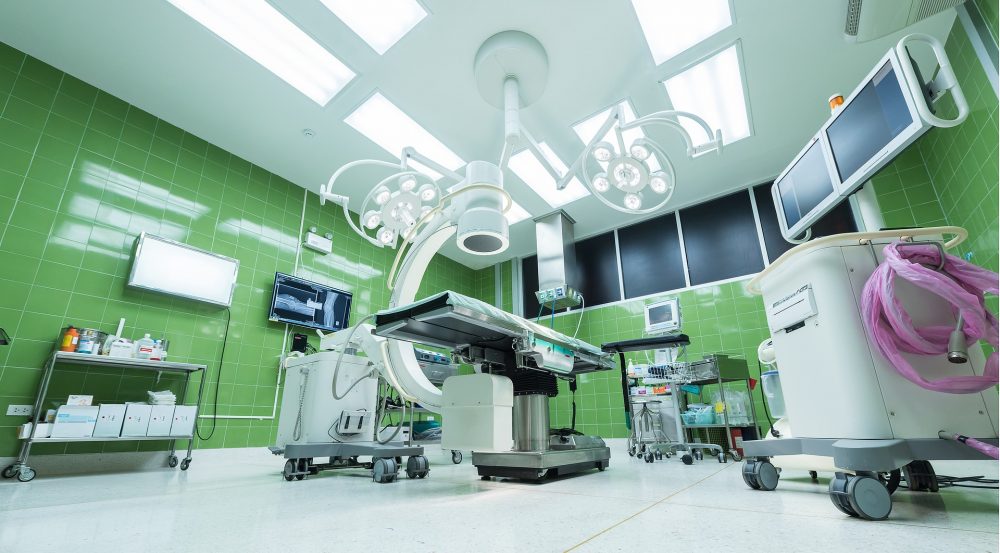Patient safety in healthcare is affected by a multitude of factors from communication to human factors and technology. Improving patient safety is an ongoing process which requires action on a number of levels including the individual and the system.
Improving patient safety isn’t something which can be fixed overnight. Building a strong patient safety culture is a core element of improving patient safety, so should be priority for all healthcare providers. Additionally, the Care Quality Commission’s (CQC) first port of call in an inspection of a healthcare provider has been, and continues to be, the safety of services.
As a leading healthcare management consultant with extensive experience in culture management, we understand the paramount importance of patient safety. Here at Verita, we specialise in working with healthcare providers to cultivate a thriving culture of patient safety within your organisation, so if you require our assistance feel free to get in touch or book a free consultation.
What is patient safety culture?
The definition of patient safety culture is an environment of continuous improvement in both patient safety and the overall quality of care where everyone from individual staff, to patients and carers, feel valued and supported.
Patient safety culture focuses on prioritising patient safety through shared values and beliefs, open communication and learning from errors.

Why create a patient safety culture?
Hospitals who demonstrate a culture of safety have been reported to be associated with enhanced patient safety. Creating a patient safety culture helps to drive quality improvement in healthcare, such as improved patient outcomes and satisfaction, better communication, increased efficiency and enhancing compliance with regulations and standards.
A positive safety culture is intrinsically linked to a supportive workplace culture, which promotes staff safety. When staff feel safe and supported, they are more likely to deliver high quality care. Focusing on staff safety as a foundation for patient safety culture helps to develop open communication where staff feel safe speaking up about concerns or reporting errors.
What is the difference between patient safety culture and Just Culture?
Patient safety culture is the broader concept that encompasses the overall environment within a healthcare organisation. Just Culture is a critical element within patient safety which focuses specifically on how staff are treated after incidents or errors occur.
Empowering staff is a key element of promoting a Just Culture because creating an environment of strong teamwork allows for early identification of potential patient safety issues. This helps to reduce the chances of a patient safety incident occurring as well as avoiding situations which could result in staff whistleblowing.
Building a strong patient safety culture that incorporates Just Culture principles creates a more open, learning-oriented environment that benefits both staff and patients.

How do you create a culture of patient safety?
Developing a culture of patient safety is an ongoing commitment and requires a multi-channel approach. The culture of organisations can be tricky to pin down and to describe, but there is no doubt in our experience that trying to change it can be a challenging process for leaders.
Leadership and Values
As is the case in any organisation, leadership has a huge impact on workplace environment, so when it comes to a positive safety culture, leaders must actively champion patient safety as the top priority. This translates to allocating resources, supporting safety initiatives, and being transparent about incident so that patient safety is embedded as a core value for everyone in the organisation.
The values of patient safety culture can be integrated into mission statements, performance evaluations, and staff training.
Open Communication and Teamwork
Communication is a broad topic in healthcare, and a key factor in the delivery of effective healthcare, whether internally between staff teams, or with patients and their families. However, communication failings are a common finding in NHS patient safety incident investigations (PSII). It is crucial to encourage open communication and active listening among staff and with patients and families.
Fostering strong teamwork across departments and disciplines allows for shared knowledge, improved communication, and a more holistic approach to patient care. Involving patients in safety discussions empowers them to voice concerns.
A vital component of teamwork is collaboration between staff who feel valued and respected, so implementing a Just Culture where staff feel comfortable reporting errors and concerns without fear of blame or retribution is critical.
Systems and Processes
By developing and implementing clear, standardised protocols for all aspects of patient care, consistency can be improved and the risk of errors minimised. The ongoing commitment of patient safety requires potential safety risks to be identified so that strategies to mitigate them can be implemented. It is important to regularly review and update procedures to reflect best practices and address identified risks.
Technology
Technology provides an effective means of improving patient safety, and helps to empower staff providing human factors are considered. Designing equipment to be more user friendly, implementing electronic health records or making use of technology to capture and analyse data can all help to reduce the number of patient safety incidents.
Using tools such as Eva for a consistent, standardised way of investigating avoidable harm to patients and conducting after-action reviews provides healthcare providers with much-needed comparable data and insights. Ultimately, we should be aiming to use those insights in real time to keep patients safe today. Imagine relaying safety messages direct to operating room 3 at the start of their orthopaedic list. How much of a boost to patient safety culture and practice would that be?
Learning and Improvement
A strong incident reporting system is crucial as it makes it easy for staff to report incidents and near misses which result in performance improvements. The Patient Safety Incident Response Framework (PSIRF) developed by the NHS helps healthcare organisations respond to patient safety incidents effectively. Analysing incident reports and near misses helps to identify systemic issues to implement corrective actions which prevent future occurrences.
As well as this, to be able to effectively learn from mistakes, a Just Culture encourages staff to report errors and concerns without fear of reprisal. This ensures a continuous cycle of learning and improvement in patient safety.

Conclusion
Building a strong patient safety culture is a continuous journey. By focusing on these key areas, healthcare organisations can create a safer environment for patients, improve the quality of care, and foster a more engaged and empowered workforce.
By partnering with Verita, you gain access to our team of experienced professionals who are passionate about patient safety. With our help, you can get more insight into what your culture is really like, and what practical steps you can take to improve it. We’ll work hand-in-hand with you to not only create a safer environment for your patients, but also to elevate the overall quality of care you provide.
If you would like to know more about patient safety culture, and the benefits of creating one, please book a free consultation or contact Ed Marsden on 020 7494 5670 or [email protected].





